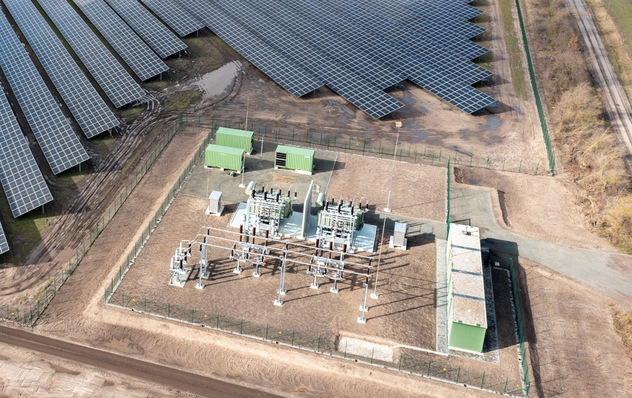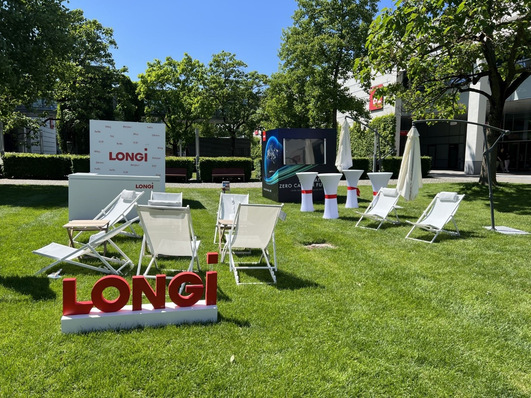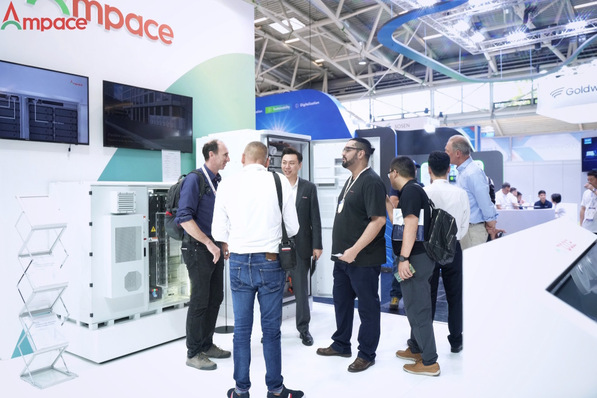At the charging station, the customer uses his Senec Card as if it were a debit card and in this way can consume his self-generated electricity even when he is not at home. “For example, solar power generated in a home in Lower Saxony can be used at no charge at a station in Italy,” Norbert Schlesiger, CEO of Senec in Leipzig, explains. Senec had already introduced their Cloud in 2016 to allow their battery customers to use their self-generated solar power all year long to meet both their electricity and their heating demand.
Your own solar power stored in the cloud
This is possible because surplus power is stored in a cloud. The Senec.Cloud is conceived as a savings account for electricity where power can be deposited in sunny months and later withdrawn when there is less sun. And that self-generated power can now also be used to charge their own EVs. “Linking electricity, heating and mobility allows for 100 percent independence from third-party utilities and fossil fuel companies. This is a real revolution of future electricity provision,” Schlesiger says.
Mainstay solar batteries
Senec’s mainstay are solar batteries, both for private and commercial customers. Without storage, the owner of a solar installation can on average only make use of 30 percent of the electricity that he produces. The surplus power is fed into the grid, for which the operator is compensated. During the winter, when solar irradiation is lower and his solar array does not generate enough solar power to meet his demand, he will need to buy back external power from the public grid at a higher price.
Senec suggests already factoring in future electricity consumers such as electric heating or EVs when planning a solar installation. “Even if the majority of people in Germany do not yet own an electric car – sufficiently dimensioning a PV array now to anticipate future added demand absolutely makes sense,” Norbert Schlesiger recommends. (HS/HCN)
Read more about energy storage
Stay informed, get our free newsletter twice a week. Register here







